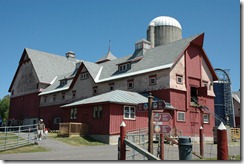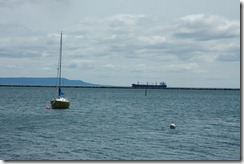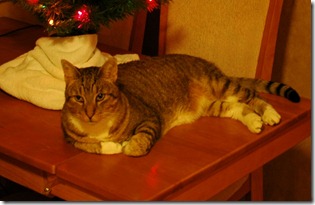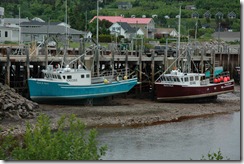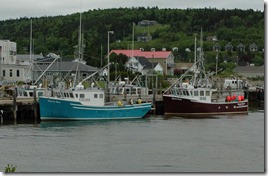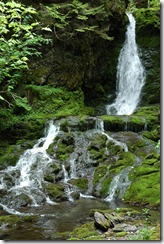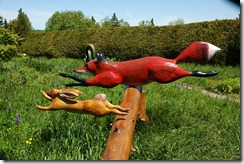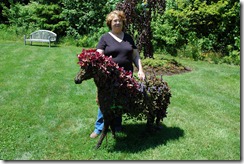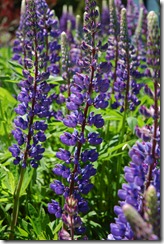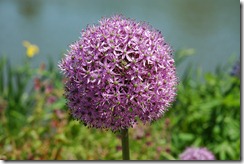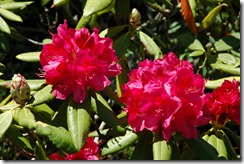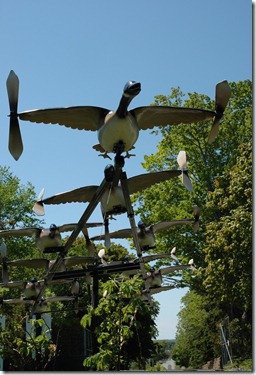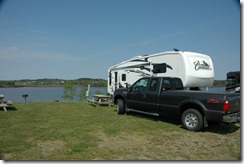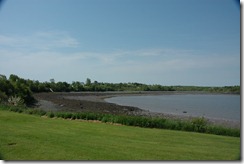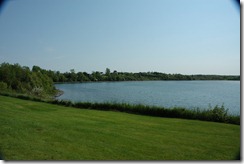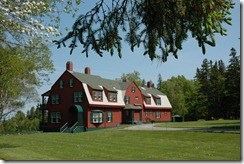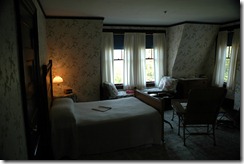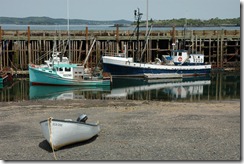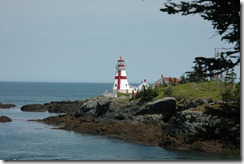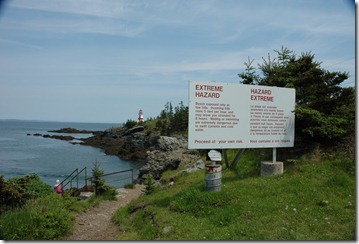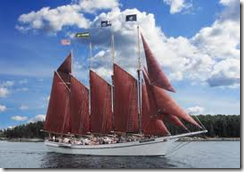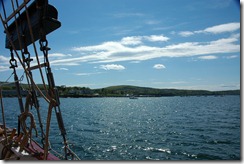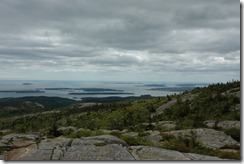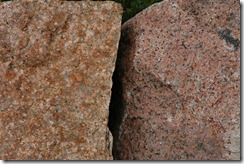Ontari-Oh
When one lives in the United States, one tends to use the US as a standard for pretty much everything. Now, with the US dollar being worth a bit less than the Canadian dollar, that tendency tends to change. Another thing that changes, and this comes with spending some real time here, is the scale of things. Take states vs. provinces, for example. We consider the western states to be pretty big. When we drove across Texas last year we learned that I-10 across that state was 880 miles. Well, Ontario, and most of the Canadian provinces, are even bigger. And I’m just talking about east to west. Since some of the provinces cozy up against the Arctic Circle, I won’t even mention north to south. For example, the drive from Ottawa to Thunder Bay, both in Ontario, was well over 900 miles. And we still have more than 300 miles to get to the Manitoba province line.
So this blog entry will be extensive.
What have we been doing in Ontario? As mentioned previously, our first stop in the province was Ottawa, the national capital. Now, had we known that Prince William and his new bride would be visiting Ottawa on July 1st, we might have stuck around to say hi. But we didn’t. Ottawa is a very clean and nice city. We did some sightseeing, mostly in the truck, but we walked around the Byward Market, which is a neat shopping area downtown, just a few blocks from Parliament.
The Central Experimental Farm is a 1200 acre farm within the confines of the City of Ottawa. Its primary purpose is to develop methods of increasing Canada’s agricultural output through scientific research.
Parts of the farm are open to the public, so anyone interested in seeing how a modern dairy farm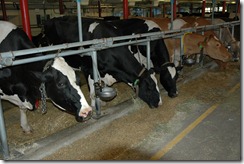 operates, this is a fine place to visit. There are several varieties of cows on display, and plaques indicate how each breed differs in milk production, butterfat content of milk, and other variables.
operates, this is a fine place to visit. There are several varieties of cows on display, and plaques indicate how each breed differs in milk production, butterfat content of milk, and other variables.
There are also sheep, goats, and pigs on display, and each area has knowledgeable attendants to provide information about the animals.
And what visit to a farm would be complete without Penny finding a horse or two?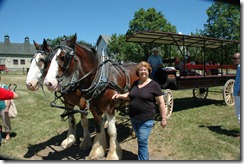 The farm gives tours in a wagon pulled by a pair of Clydesdales. The driver was a local horseman who was very knowledgeable about the local equines. Speaking of which, when one of the nearby towns celebrated it’s 50th birthday, a local horseman got together a hitch of 50 Clydesdales and drove them through town. We don’t know if he turned any corners.
The farm gives tours in a wagon pulled by a pair of Clydesdales. The driver was a local horseman who was very knowledgeable about the local equines. Speaking of which, when one of the nearby towns celebrated it’s 50th birthday, a local horseman got together a hitch of 50 Clydesdales and drove them through town. We don’t know if he turned any corners.
Our next major stop was Sault Ste. Marie, ON, which is at the southeast corner of Lake Superior. SSM is an industrial port town, and the main industry seems to be shipping and preparing products for shipping.  The old canal and lock system on the St. Mary’s River connecting Lake Huron and Lake Superior was once used by the big ore carriers like the Edmund Fitzgerald of Gordon Lightfoot fame. Now, this canal is used for pleasure boats. A newer, much larger canal has been built slightly to the south.
The old canal and lock system on the St. Mary’s River connecting Lake Huron and Lake Superior was once used by the big ore carriers like the Edmund Fitzgerald of Gordon Lightfoot fame. Now, this canal is used for pleasure boats. A newer, much larger canal has been built slightly to the south.
An unexpected surprise in Sault Ste. Marie (and I never did find out why Sault is pronounced Soo) was the Canadian Bushplane Heritage Center which is located in the hangar that was once the home of the Ontario Provincial Air Service, established in 1924 as a forest fire fighting service. 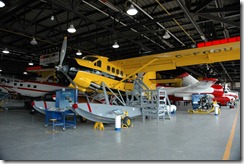 The Heritage Center has an extensive collection of antique airplanes depicting Canada’s aviation history.
The Heritage Center has an extensive collection of antique airplanes depicting Canada’s aviation history.
The collection includes bushplanes and firefighting aircraft, some of which are available to be boarded. Just don’t expect to go anywhere in them.
Our next major stop was Thunder Bay, ON, at the northwest corner of Lake Superior. This is a city of 110,000, with a small town feeling. To give you an idea of the size of the biggest of the Great Lakes, the drive from Sault Ste. Marie to Thunder Bay was more than 450 miles, through beautiful mountains, complete with lakes, rivers and streams. Our friend Andy (a Canadian ex-pat) told us before we left that most of Canada’s population lives in the cities, and there is lots of nothing in between the cities. That’s certainly true, and we’re still officially in eastern Canada.
Thunder Bay always sounded like such an exotic place to me, but it turns out to be just another city with a very industrialized waterfront and a small marina. I’m not sure what I was expecting. It seems to be a pleasant enough city and we did find what may be the biggest, most reasonably-priced supermarket we’ve seen in Canada so far, and we’ve seen a lot of them.
Our campground (Happyland RV Park) is about 15 miles north of the city and just a few miles south of Ontario’s second biggest waterfall. Kakabeka Falls is in a provincial park and is second in size to Niagara Falls. 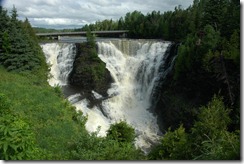 The Kakabeka River, and thus the falls, were once on the trail from the north to Lake Superior, back in the days when the voyageurs travelled through Canada by canoe, trapping furs and shipping them to market. The portage around the falls presented a bit of a problem and they eventually found a better way to the lake.
The Kakabeka River, and thus the falls, were once on the trail from the north to Lake Superior, back in the days when the voyageurs travelled through Canada by canoe, trapping furs and shipping them to market. The portage around the falls presented a bit of a problem and they eventually found a better way to the lake.
